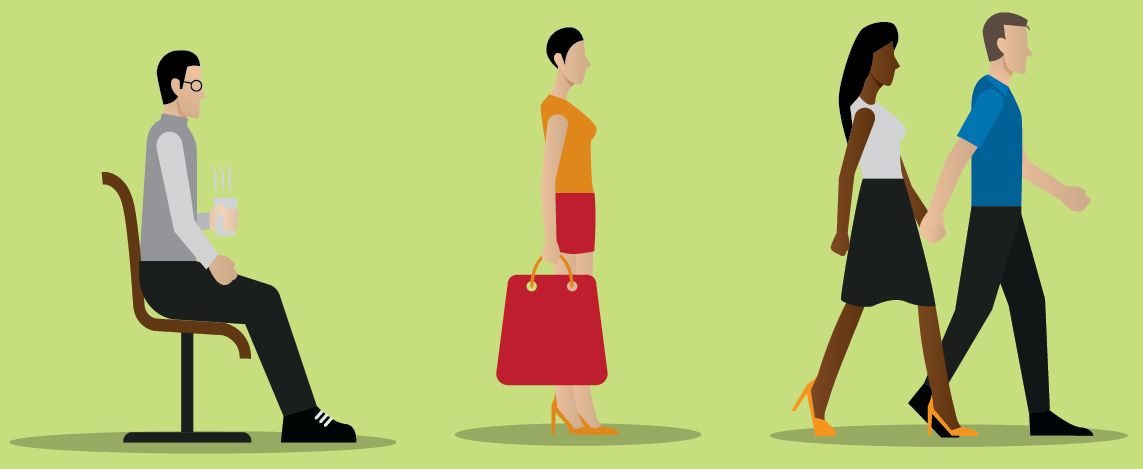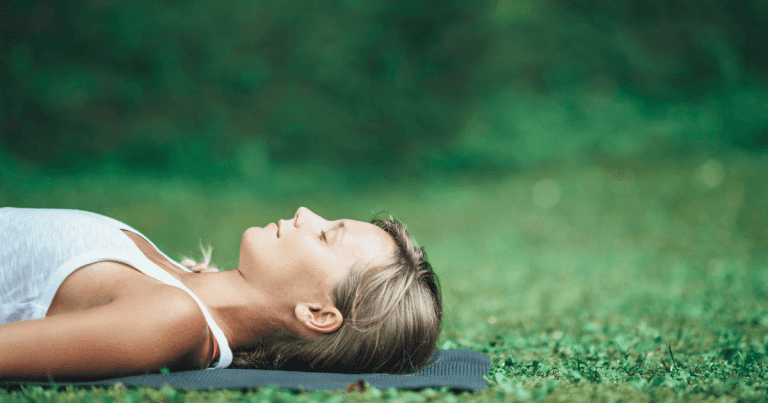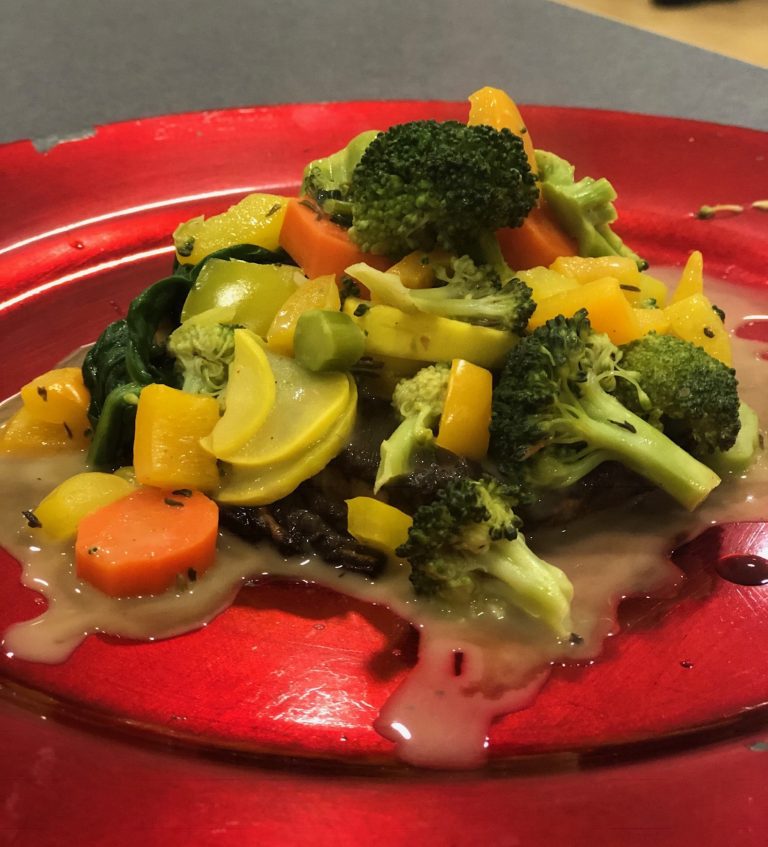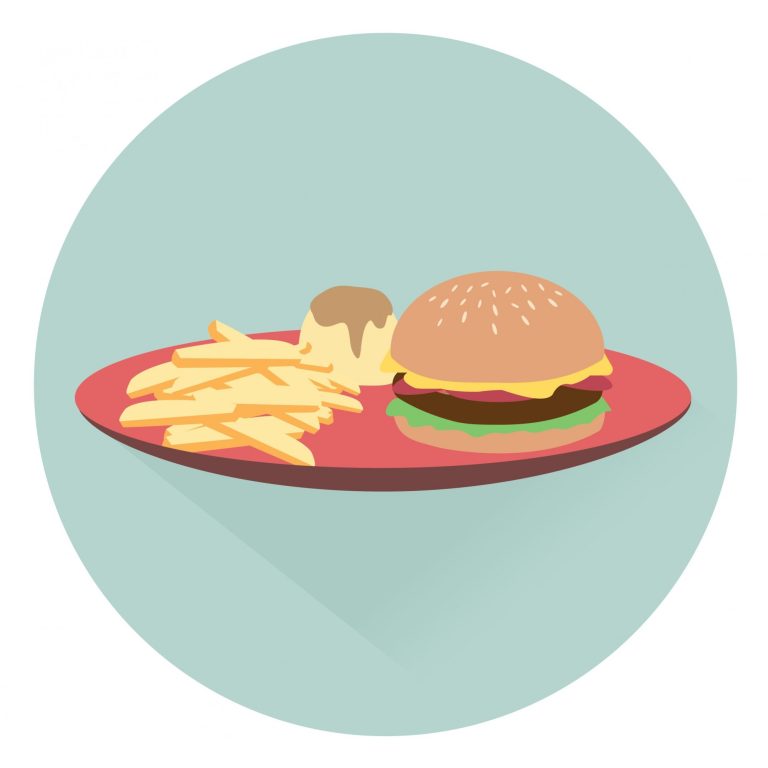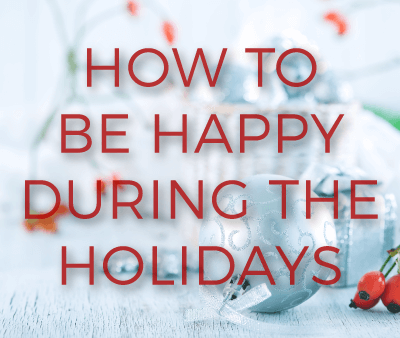Sit Stand Stroll: A Yoga Revolution
By Michael Dangovian
June 21, 2016
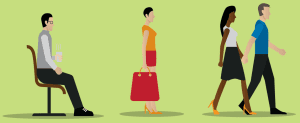
When you think about yoga, what comes to mind?
For most people, it’s images of young women with ponytails sitting on the floor twisting themselves into human pretzels. Or maybe old men with long beards sitting atop a mountain for months at a time.
And there’s nothing wrong with either of those images. Yoga’s been practiced for a long, long time by a lot of different people.
What’s important to understand, though, is that just because you might think of yoga in terms of peppy young chicks or wise old men, it doesn’t mean that yoga is ONLY for those types of people.

Yoga Reimagined
I believe wholeheartedly that yoga is for everyone. And I also believe that yoga is something that shouldn’t just happen in a class.
And—in fact— forget about turning yourself into a pretzel! Yoga doesn’t have to be hard, or painful, or even all that intense.
There’s a better way.
But before we get into the specifics of what I’m talking about, let’s take a look at what yoga is really all about.
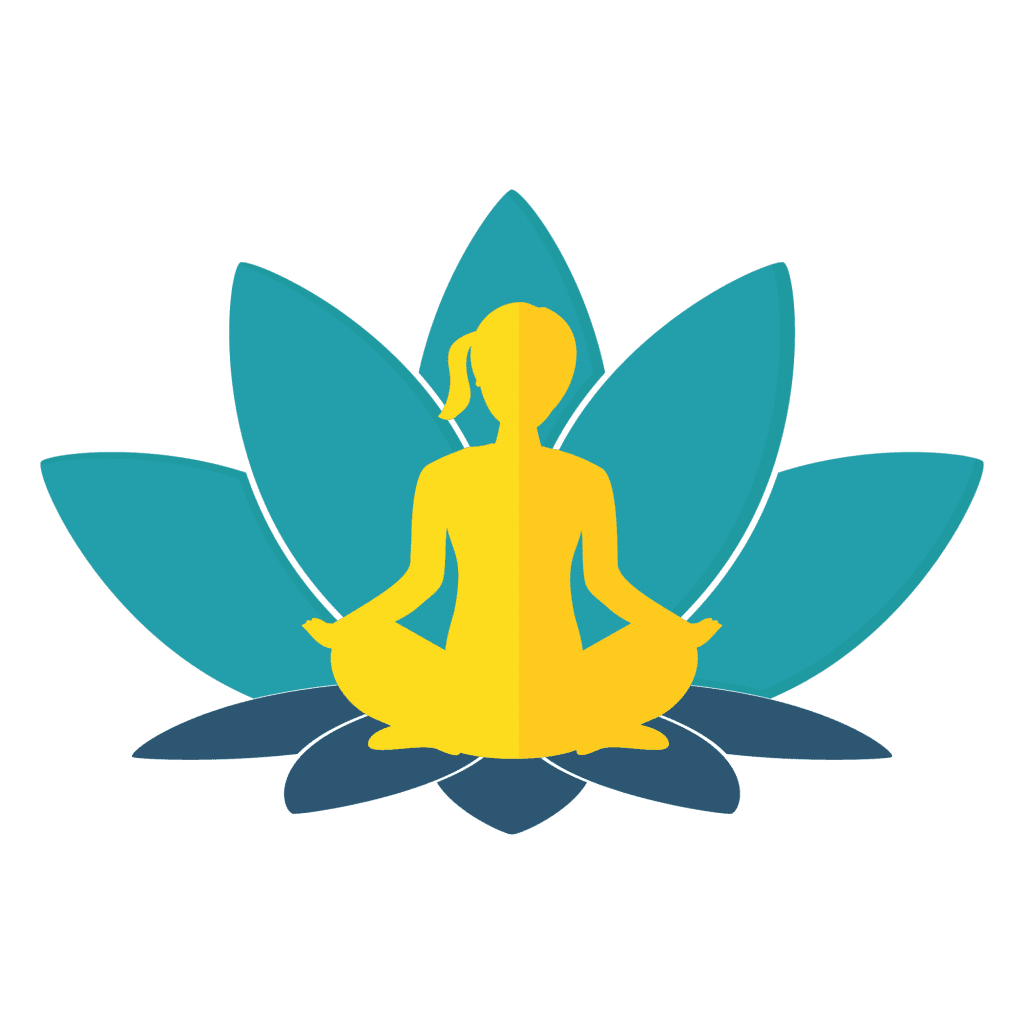
What is Yoga Really?
Put simply, yoga is a method to transform your physiology—your actual bodily makeup—with intention.
The goal is to change the behavior of the physical structure of your body.
It’s about creating a connection between your mind and body so that your thoughts can kind of get out of the way so that your stress response system pushes pause and the body can get to work healing itself. It’s not about stopping your thoughts, but about putting space between the thoughts.
Science is only now starting to understand what these physical changes look like—and how and why they happen. Studies have shown that practicing yoga can positively affect brain function, lower stress and inflammation, lower your blood pressure, improve your sex life, effectively treat back and neck pain, manage blood sugar levels in diabetics, make your bones stronger, get you to a healthy weight (and keep you there!), and even drastically reduce the risk of heart disease.
Just to name a few.
Traditional yoga does this, of course, but it does so in a way that, frankly, can be pretty darn uncomfortable.

Re-learning the Basics
A quick story: I once went to a meditation retreat and we spent a lot of time there sitting outside on pillows. We were directed to adopt certain yoga poses while the leader led us through guided meditation. A lot of those poses were terribly uncomfortable, even painful. We were directed to grit it out, so to speak, and keep meditating through the pain. I tried to muscle my way through it because, well, I wanted to be a good meditator. A great meditator, in fact. “Be the pain,” said the instructor. I tried to do just that. The results were… mixed.
At the end of each day, I would look across the room and see this group of people looking like they’d just come through a war. Their backs, necks, and knees hurt. When they saw that, unlike them, I wasn’t in visible pain, they asked me why. Being a practicing cardiologist and someone who by then had spent a long time looking for holistic, natural ways to heal my own body, I got the chance to take these veteran yoga practicers through an impromptu clinic on how to sit.
How basic is that?
Even with all their experience, they had never learned the basics of how to sit properly!
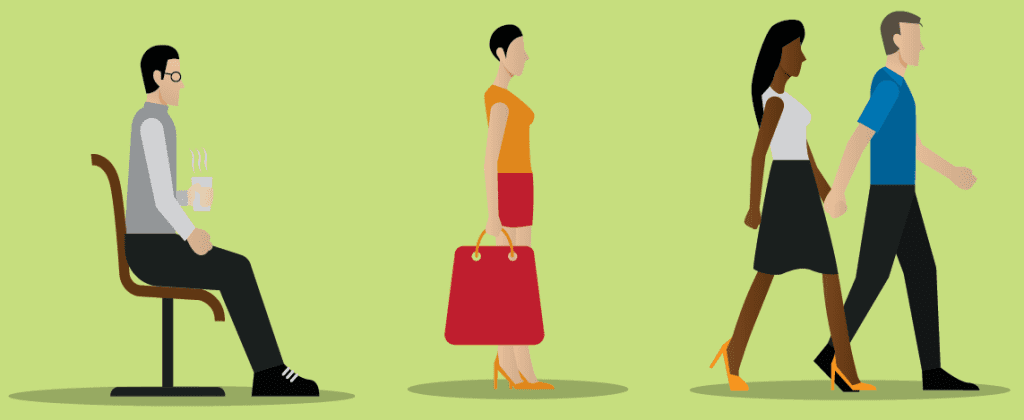
Sit Stand Stroll: A Revolution
So, the reason I came up with the Sit Stand Stroll is because no one is taught how to sit, stand, or walk with proper body alignment. In this system there are three basic elements of meditation: walking meditation, sitting meditation, and standing meditation.
As humans, we spend most of our day doing one of these things: sitting, standing, or walking.
And if you have ever taken a yoga class, you know how good you feel after the class is done. You feel at peace, you feel whole, you feel revitalized.
So I thought: what if we could take yoga out of the classroom—something we do just once a day, or once a week—and put it back into the position in our lives that Buddhism teaches? What if it could be a part of our daily lives?
There’s an energy that is always flowing in our bodies. Every moment of every day, we are either getting better or getting worse. There’s no such thing as just “coasting along.” And the most vital energy flow we have is grounding energy. We get this by thinking grounding thoughts, eating grounding food, taking grounding breaths, making grounding actions, etc.
With Sit Stand Stroll, then, by learning how to sit in a way that grounds you, stand in a way that grounds you, and walking in a way that grounds you, you get to reap the benefits of feeling like you’ve just come from a yoga class… all day, every day.
It’s revolutionary stuff. By learning the Sit Stand Stroll techniques, every movement we make during the day grounds our energy.
For example, stand up and take a breath. Which muscles do you use to take that breath? Most people breathe with their faces (called, aptly, a “face breath”), which is a shallow breath. We teach our patients to to breathe in a way that pushes the air down through the abdomen, down through the legs, through the feet, and into—you guessed it!—the ground.
By just using this one simple-to-learn and easy-to-do technique, more oxygen floods into your lungs, your blood, and throughout the rest of your body.
And you didn’t even have to change clothes, go to a yoga studio, or break a sweat to do it!
Our patients come as they are, in their regular clothes, and we teach them the Sit Stand Stroll techniques that they can take with them and use throughout the day.
I like to call it “portable yoga.”
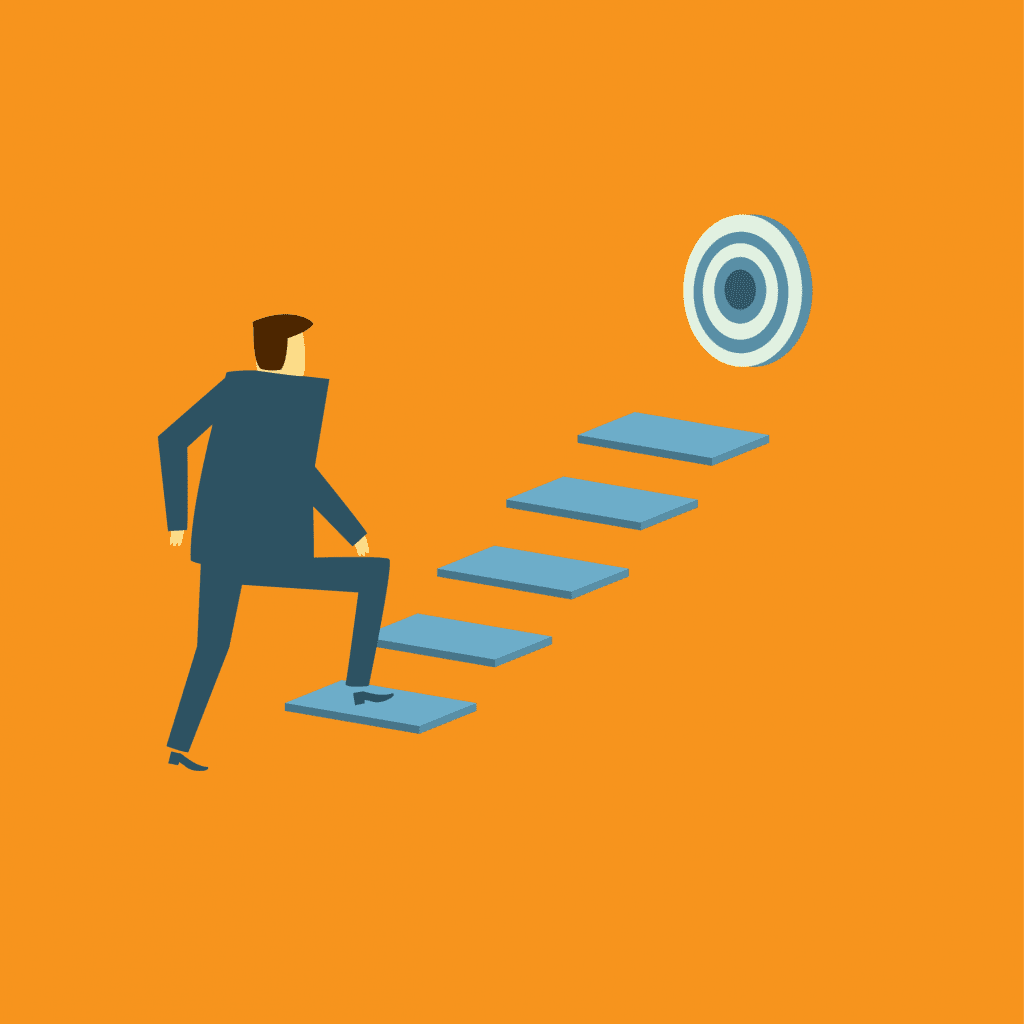
Next Steps
As a culture, we’re in pretty big trouble health-wise. The stats are too depressing, so I won’t detail them for you now. But you get it.
We’ve gotten away from living not just in this world, but with this world, and it’s time that we changed the way we see our health—and how we view ourselves.
Will Sit Stand Stroll answer all those problems? No, not by itself.
But along with getting our diet back on track, getting our stress down, and facing down our biggest and worst habits, Sit Stand Stroll, I’m convinced, is a great place to start.
Don’t just take it from me, I have a list of hundreds of current and former patients that would agree with me.

